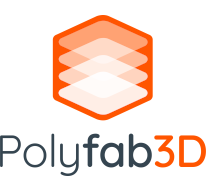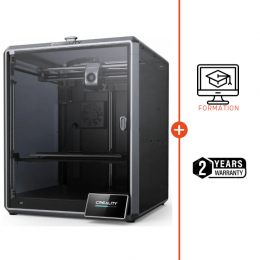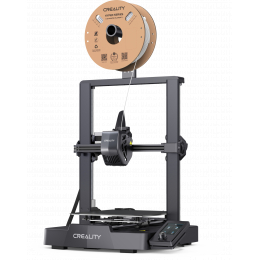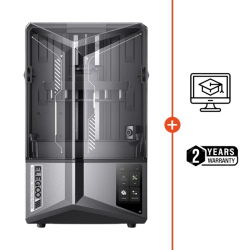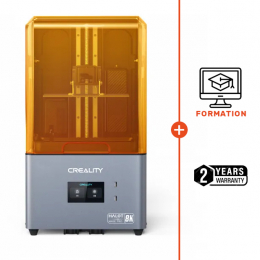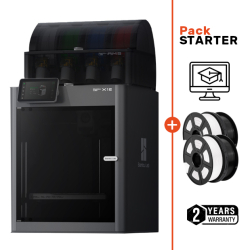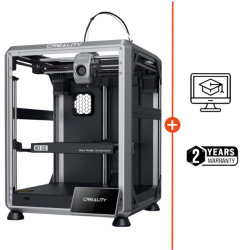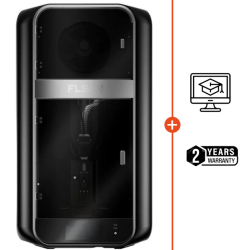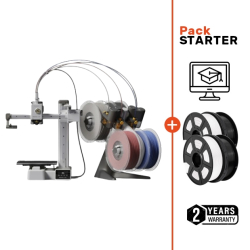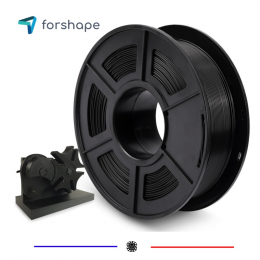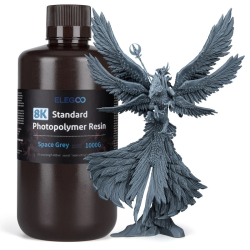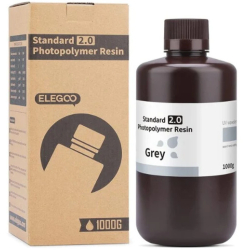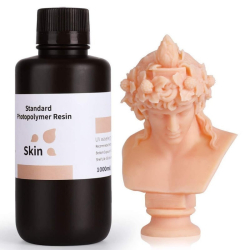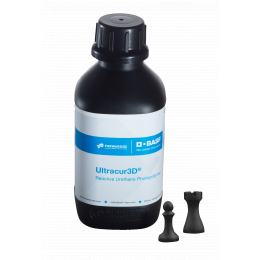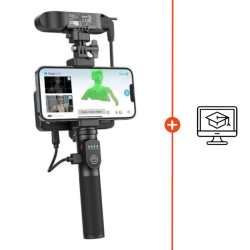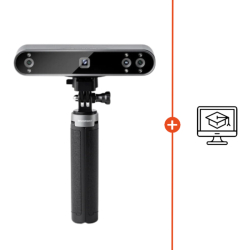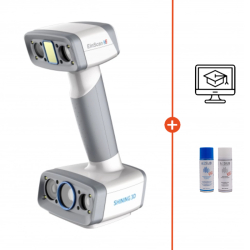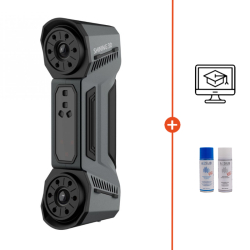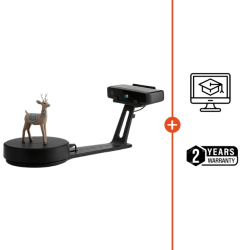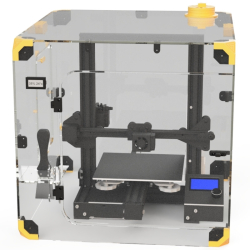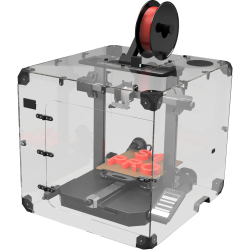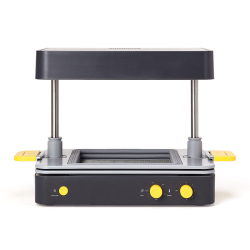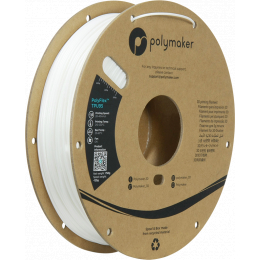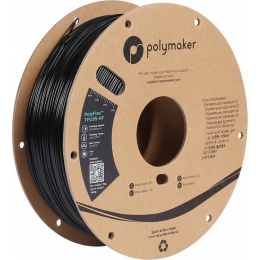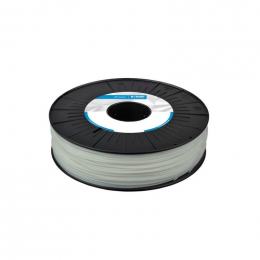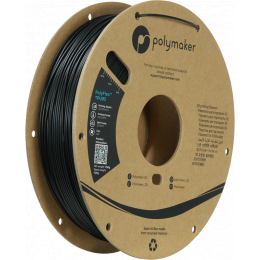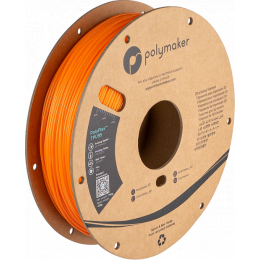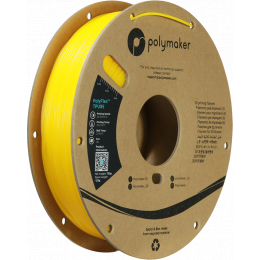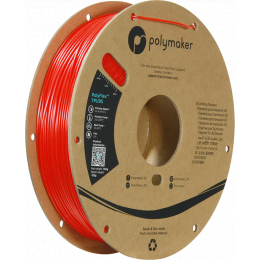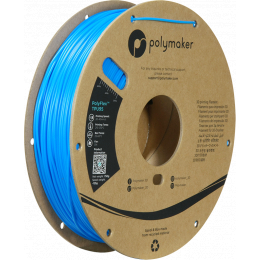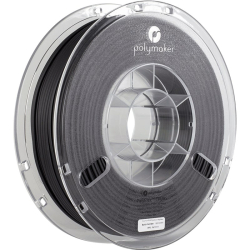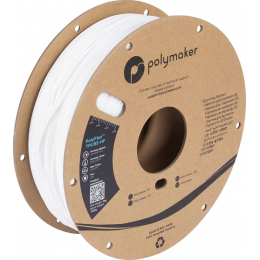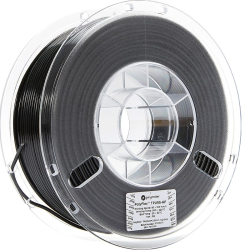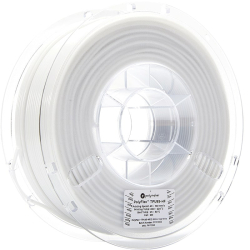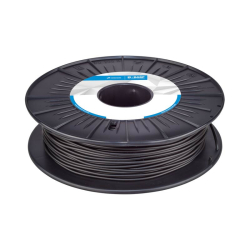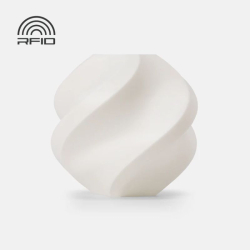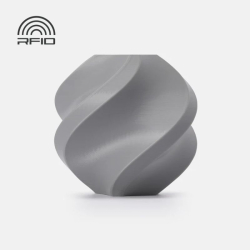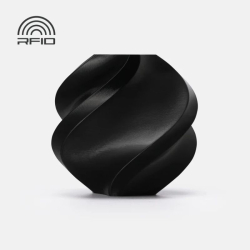- 👨🔧 Premium After-sale service
- 🚚 Free delivery from €39.90
- 📦 Return under 14 days
- ✉️ Customer service
Flexible filament for 3D printers
Active filters
Flexible filament for 3D printers
The category of flexible filaments is unique in that it is not composed of a single material type. This group includes all 3D printing materials characterized as soft and flexible, regardless of their actual composition.
The generic term “flexible” is used to highlight the behavior of these elastomers. Low Shore hardness, high elasticity, and impact resistance are the main advantages of these thermoplastics.
Flexible filaments are suitable for FDM 3D printing technology and available in the usual diameters of 1.75mm or 2.85mm, but for better speed it is recommended to use direct drive printers for printing this category of filaments.
Depending on the selected Shore hardness, you’ll get a more or less flexible and elastic material. It is important to note that the listed value (e.g. TPU 98A) refers to the filament on the spool.
Once processed via 3D printing, and depending on the shell thickness or infill density of your creations, the displayed Shore value may change, allowing you to adapt it to your specific needs.
Whether for grip elements, damping, protection, transport, or wear parts, these filaments are widely used in industry and prototyping offices.
How to print flexible filaments?
To distinguish between the compositions of these flexible 3D filaments (TPE – Thermoplastic Elastomer), we identify TPU filaments (Polyurethane) or copolyester-based ones (TPC).
Printing flexible filaments like TPU or TPE requires some adjustments to ensure good results. It is recommended to print at a reduced speed (generally between 20 and 40 mm/s) to prevent clogs, and to use a direct extrusion system instead of Bowden for better filament control.
The build plate can be heated between 40 and 60 °C to improve adhesion, and proper leveling is essential. Retraction should be disabled or limited to avoid blockages in the extruder.
In any case, it is advisable to follow the manufacturer’s recommendations for each flexible filament.
Which Shore hardness for which applications?
Shore hardness is the value used to indicate a material’s flexibility and elasticity. The Shore hardness test measures how deeply a probe penetrates a test sample — hence the term “hardness.” In reality, the Shore values of flexible filaments are linked to their elongation rate, which better indicates true elasticity.
The Shore hardness scale comes in two types: Shore A and Shore D. You’ll find more details about these scales in the flexible filament guide.
For applications where grip, protection, and impact resistance are important, Shore hardness is less of a concern. In such cases, a flexible filament like Forshape TPU98A is easy to use and performs well.
For greater flexibility, cushioning, and grip, a slightly lower hardness such as 92A is recommended. The lower the value, the more flexible the material.
Which flexible filament spool to choose?
Your choice of flexible filament spool should be based on two technical parameters before considering applications: Does your printer use direct drive or Bowden? Does it have a heated bed?
A direct drive 3D printer is better suited for printing the most flexible materials (< 92A). If you have a Bowden setup (especially 1.75mm), we recommend using 95A or 98A TPU versions, or TPC, which offer better glide and are less constrained by Bowden tubes.

